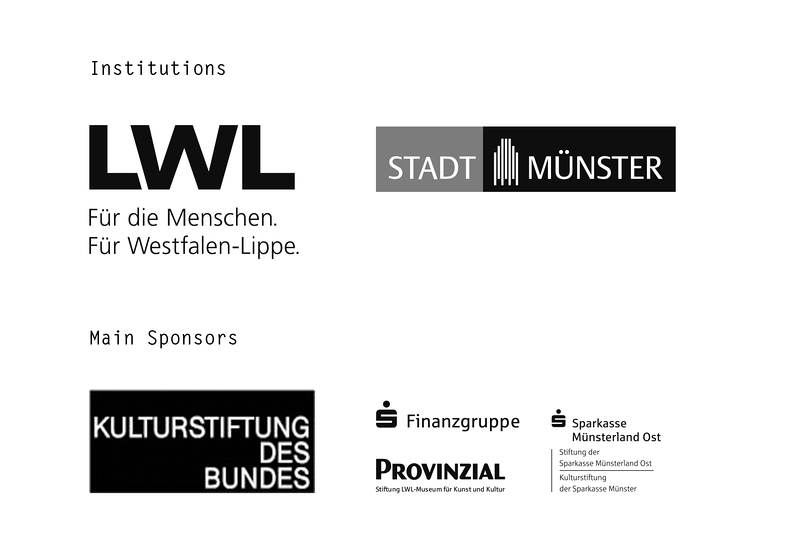June 10–October 1, 2017
We will start the accreditation process in March 2017.
Subscribe for Skulptur Projekte newsletter here.
From June 10 to October 1, 2017, a total of some 30 new artistic productions will be on display all over the city space of Münster, covering the spectrum between sculpture and performative art in the urban space. Admission is free.
The history of Skulptur Projekte Münster is closely linked with the idea of creating a public not just with but also for art. The exhibition was started in 1977 and takes place only every ten years. Its concept is very much based on the ideas of the participating artists and has remained essentially unchanged over the past decades: the curatorial team invites artists from all over the globe to explore the relationship between art, the public space, and the urban environment and develop new, site-specific works. Selected projects are realized in the urban setting and inscribe themselves in the structural, historical and societal contexts of the city. At the same time, the projects point beyond the specific place: themes related to the global present and reflections on contemporary concepts of sculpture are as much an integral part of the artistic inquiries as investigation into the basic parameters of publicness and the public realm.
For the first time in its history, the Skulptur Projekte will broaden its radius beyond the city borders and will cooperate with another city. As we prepare for the fifth edition of the exhibition, we look back on a large number of outstanding artistic works in Münster. The traces and ghosts of the past editions have become an important additional site-specific condition for all involved. This results in an intense examination, not only of the urban environment but also of the genesis of the exhibition itself, which is closely intertwined with the history of post-war Germany. Within this context, we put the North Rhine-Westphalian city of Marl on our map as a place we would like to engage more closely with in 2017. Located in direct neighborhood to Münster, the identities chosen by the two cities after World War II could hardly be more different—reconstruction and continuity in Münster, radical new beginning in Marl. Yet art in the public space plays a decisive role in both towns, if for different reasons. To put it in a nutshell: whereas the development in Marl can be understood as an integral element in the conveyance of a modern humanist worldview, the first Skulptur Projekte were realized in conflict with and opposition to the conservative town society. A planned intercity exchange of sculptures between Münster and Marl will raise questions about context and reference to place. Another idea is to invite artists to work in both cities and thus in both contexts.



